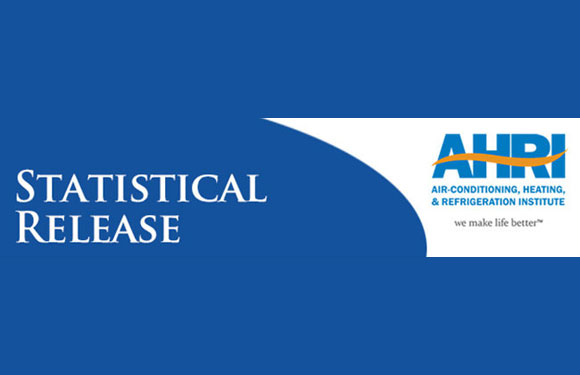
News
Inverter Driven: No Gauges, Part 1
By Dan Applegate
DFS Heat Pumps, of all manufacture and variety, essentially offer the same great benefits of zoning with refrigerant instead of air, excellent dehumidification qualities (30 degree temperature differentials across the indoor fancoil are achievable), quiet operation and green-friendly energy savings. This is done in part by locating the EEVs (Electronic Expansion Valve) in the outdoor unit. Doing so allows for quiet operation of the indoor unit and, because the valve is digitally controlled, it is therefore precise. Such precise control allows refrigerant in a saturated liquid condition to leave the outdoor unit and remain saturated until it enters the fancoil.

For refrigerant to enter the indoor fancoil and be ready to immediately begin absorbing heat, that refrigerant travels to the coil the entire length of the liquid line as a saturated liquid. The refrigerant is not dense, but expanded refrigerant, very close to microbubbling. The EEV, located in the outdoor unit, is the only device in the system that should create a refrigerant pressure drop. If there is anything else at all that causes a pressure drop other than the EEV, not only does the system lose capacity/efficiency, but on the extreme end the compressor can be damaged which is why liquid line filter driers are not to be used. Were the EEV positioned close to the evaporator, the liquid refrigerant leading to the EEV would be dense, under high pressure, and could be pushed through liquid line filter driers. In this case, however, the refrigerant is a low pressure liquid and hasn’t the ability to move past a filter drier.
- Filter-drier is not used.
- The system is filled by weight (based on linear feet of liquid line).
- Both liquid and suction lines need to be fully insulated (if you can see brass or copper, you’ve made a mistake).
- Gauges aren’t used (albeit the high pressure gauge is good for detecting pressure loss on leak-tests).
- The EEV is digitally driven by system temperature, regardless of system pressure.
The reason for that goes back to the EEV, and in particular, the location of the EEV. Because the EEV is electronically driven (pulses of DC power to essentially a stepper motor) it is nearly impossible to charge by any method other than by weight. Yes, I think it would be possible to charge the system roughly by measuring sub-cooling, but it would be a lengthy process and any overcharge would cause significant energy consumption and possibly an overheated compressor. Superheat too, would be ruled out as one couldn’t measure the “approach”, making a charge by superheat difficult.
The accepted (and best method in any case) is to measure refrigerant based on the amount of liquid line runout to the fancoil. Typically the manufacturer will pre-charge the outdoor unit for 25 feet of liquid line. If the liquid line extends beyond what the factory charge allows, more refrigerant is added at a certain specified rate of oz./ft. The manufacturer I’m most familiar with allows .22, .38 and .43 oz./ft. depending on whether it is a ¼”, 3/8” or ½” lineset. This calculation is based on the precise measurement of the liquid line, which is one of the eccentricities of this residential VRF product. If the refrigerant line length is known, the refrigerant charge can then be accurately calculated. Anything else is a guess.
Once that calculation is made though, all one need do is fill the system. Considering a new installation has been leak-checked and evacuated, the add-on charge migrates quickly and easily into the vacuum, but we are “filling” the system, not “charging” the system. We don’t need to know our back pressure and we can’t know our head pressure. The refrigerant “charge” is calculated strictly by line length, then filled by weight using an electronic scale. At no point do we measure pressure…only one access, a fill valve, is necessary. A refrigerant manifold can be used during the leak check process, as it’s the easiest way to read a pressure loss, but otherwise the gauges aren’t necessary.
Dan Applegate is a DFS/VRF National Trainer and a Senior Product Specialist.














